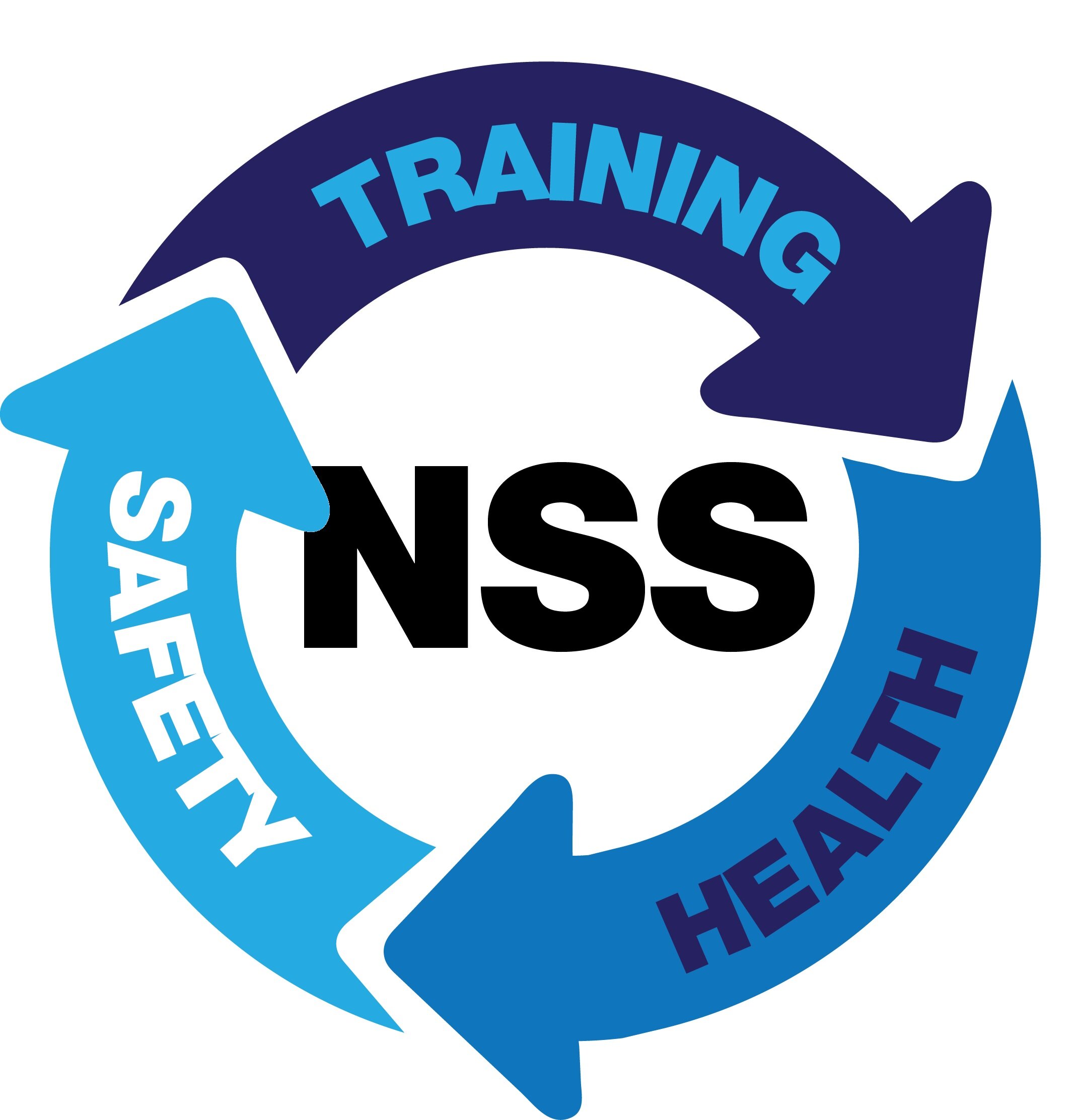Why Do You Need Asbestos Training?
Asbestos Awareness and Asbestos Removal courses are some of our main training courses that are undertaken however, we are regularly asked the question; “Why do we need to train in Asbestos?”.
Asbestos is a naturally occurring mineral substance, usually found in rock, sediment or soil, and it can be modified into a fluffy consistency. Asbestos fibers are soft and flexible, while still being resistant to heat, electricity and chemical corrosion. In Australia, Asbestos was used in more than 3,000 different products such as; roofs, gutters, brakes, clutches and drains. Largely used as an insulator in buildings, it has also been used to make materials such as, paper, cement and plastic stronger. These characteristics made the use of asbestos very popular, however, in the last 40 years, we discovered that these qualities also make asbestos highly toxic.
Fact: Asbestos-related illnesses often take 20+ years to develop.
Microscopic asbestos fibers cannot be seen, smelled or tasted which makes it simple for someone to be exposed without even knowing. Asbestos fibers never dissolve when in the body, causing extreme conditions over time.
In Australia, mesothelioma caused by asbestos exposure is probably the best-known occupational cancer. However, some carcinogens to which the general public can be exposed, such as ultraviolet (UV) radiation from sunlight and second-hand tobacco smoke, are also important carcinogens in an occupational context. When asbestos fibers are inhaled, they gather together in the lung tissue and in the membrane lining the lungs (pleura). Benign Asbestos-related diseases include asbestosis, pleuritis and chronic obstructive pulmonary disease (COPD), which make it difficult for patients to breathe. Lung cancer, pleural mesothelioma and peritoneal mesothelioma are also severe effects of Asbestos inhalation.
Many small court cases were held in Australia from the 1970s but the first major breakthrough was in 1985, where the plaintiff was awarded more than $200,000 in damages. It took sometime before the use of asbestos came to a halt, with a total ban in Australia taking effect on the 31st December 2003. Since then, it is illegal to make it, import it or sell it.
With occupational health and safety (OHS) (now commonly known as Work Health and Safety or WHS) standards requiring individuals in this field to hold official qualifications. When materials containing asbestos are present, or even suspected in the workplace, only personnel with nationally recognised training are qualified to safely manage or remove it.
At National Safety Services, we provide four types of Asbestos training. These include:
Asbestos Awareness – Our Asbestos Awareness course is a program designed for workers who may be working in locations potentially contaminated with asbestos, but will have no direct contact with the material; this includes builders, renovators and other related occupations. This assists in the identification of asbestos for persons with potential exposure during the course of their employment to mitigate the risk of exposure,
Remove Non-Friable Asbestos - Suitable for persons who remove, damage or disturb non-friable asbestos during the course of work who are exposed to asbestos containing material.
Remove Friable Asbestos – Suitable for persons who remove, damage or disturb friable asbestos during the course of work who are exposed to asbestos containing material, and
Supervise Asbestos Removal - Suitable for persons who supervising the removal, damage or disturbing asbestos during the course of work where there is exposure to asbestos containing material.
Unpleasant facts: Though the use of asbestos is heavily restricted, the United States remains one of the only developed nations in the world that has not banned asbestos. Currently, it is legal to include asbestos in almost all types of American products as long as the product does not contain more than 1 percent asbestos. Manufacturers in China and India also regularly use asbestos, mainly in their factories.
When studying Asbestos Removal, you will be able to plan and manage how to handle the removal process in the correct way, ensuring your own safety. Our course is designed to let you experience real-world and industry-focused training for handling asbestos (non-friable & friable).
Any employer who believes their workforce could benefit from the ability to identify asbestos should provide workers with asbestos awareness training. This will ensure that individuals can identify and respond to potential asbestos in the workplace.
Note: One of the meanings of “high risk construction work” in section 291 of the NSW WHS regulations is any construction work that involves, or is likely to involve, the disturbance of asbestos. If your employees have the potential to remove, damage or disturb asbestos during the course of your employment you are required to provide advice, information, education and training in relation to their work health and safety.
Contact us today on (02) 4960 9086 to book in your spot at our next Asbestos training day.
References:
Povtak, Tim, Asbestos - an overview, accessed 11/10/2018, https://www.asbestos.com/asbestos/
Safe Work Australia, 3/09/2018, accessed 11/10/2018, https://www.safeworkaustralia.gov.au/asbestos
The Australian Asbestos network, accessed 11/10/18, https://www.australianasbestosnetwork.org.au/asbestos-history/battles-2/battles-australia/

